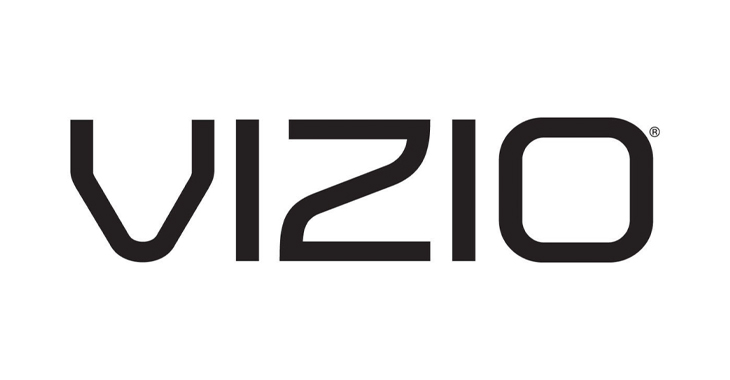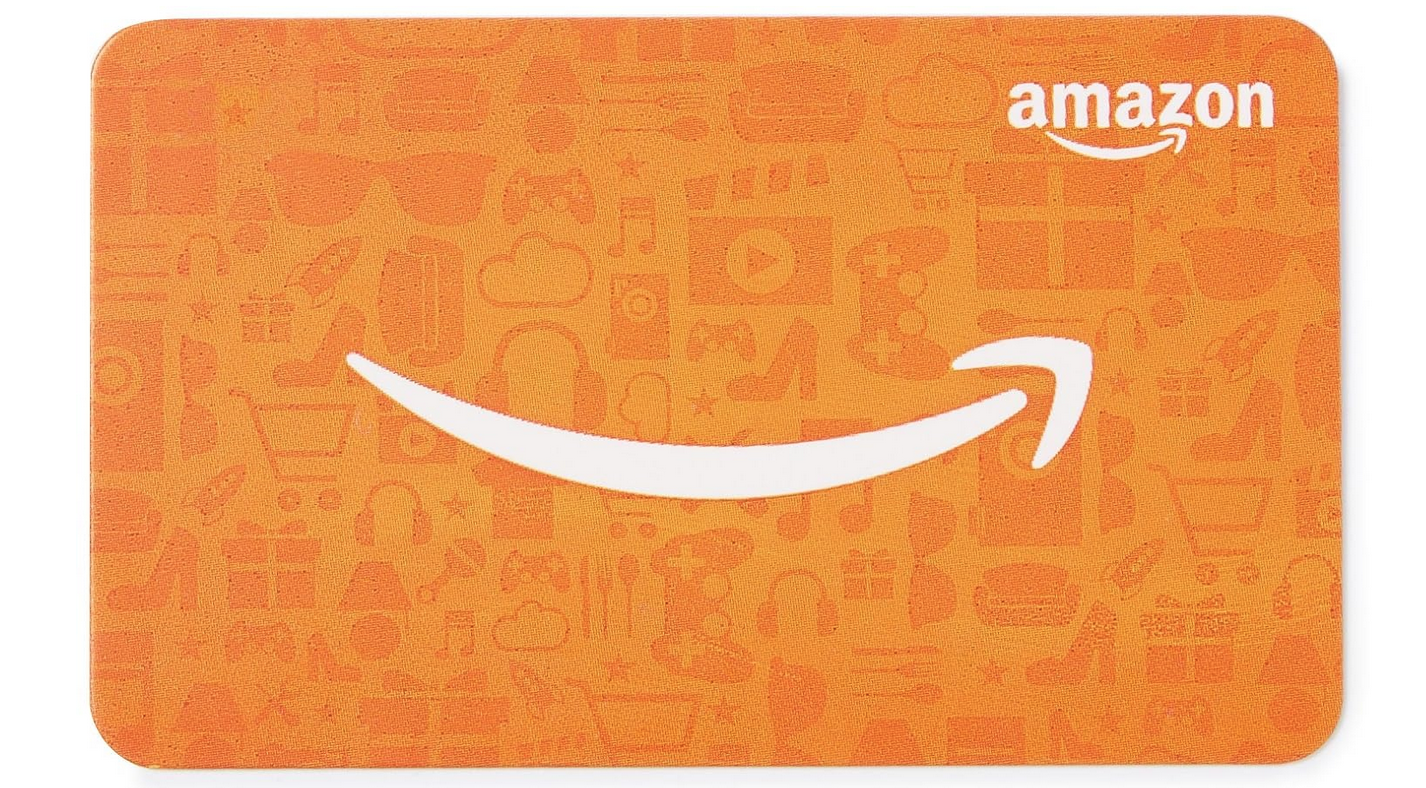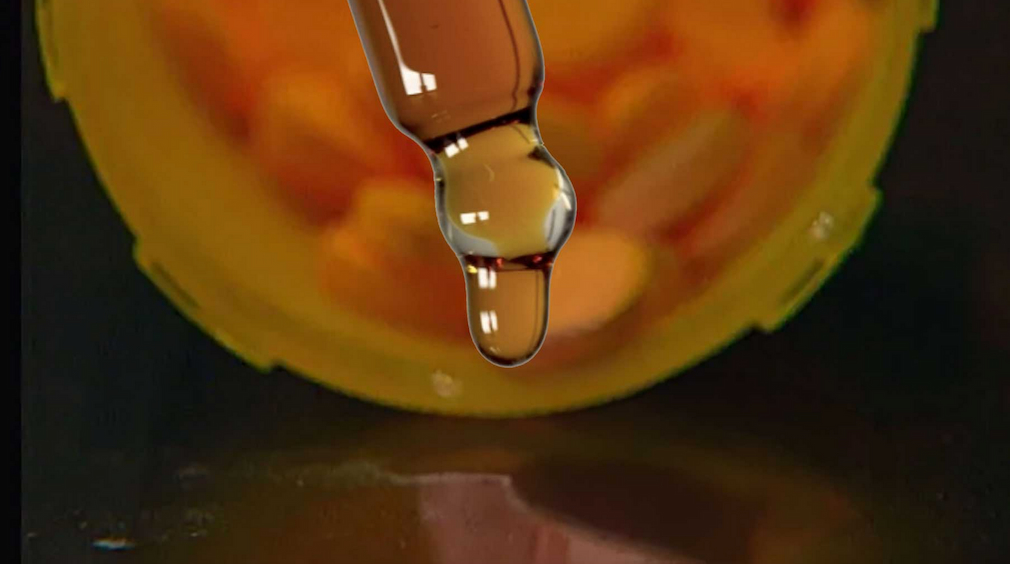
Refresh Rates of VIZIO LCD Televisions
Allegations: Falsely marketing that televisions have higher refresh rates than they actually do
In October 2017, a class-action lawsuit was filed against Vizio, Inc. for allegedly deceptively marketing its Smart TVs as being capable of streaming videos through the YouTube app directly from the televisions when, according to the complaint, YouTube stopped functioning on Vizio’s Smart TVs that communicate and send content to televisions using an older flash-based application programming interface (API) in June 2017. (According to the complaint, the YouTube app still functions on Smart TVs with the newer HTML5-based API systems.) (Brenner et al v. Vizio, Inc., Case No. 17-cv-5897, W. D. WA.)
For more information about the marketing of televisions, click here.
Allegations: Falsely marketing that televisions have higher refresh rates than they actually do
Allegations: Misleadingly marketing televisions as having “sensational picture quality” and “best-in-class picture processing” when they suffer from power failures due to a defect
Allegations: Failing to adequately disclose that Vizio Smart TVs have tracking software
Consumers need to be wary of undisclosed incentivized reviews.
Why TINA.org supports FTC’s proposed changes to COPPA Rule but pushes for more.
FTC alleges company pressures consumers into overpaying for its tax filing software.
Bogus report leads to unapproved health claims.
Lawsuits take aim at so-called non-disparagement clauses.





